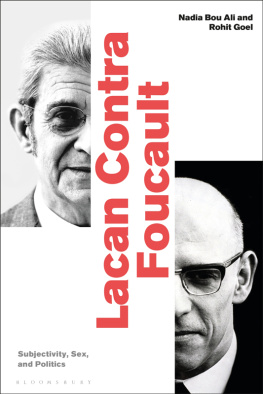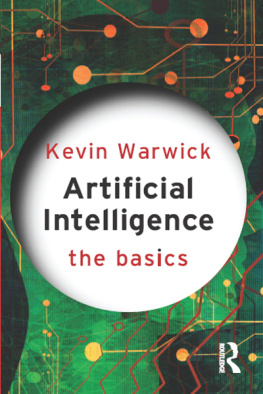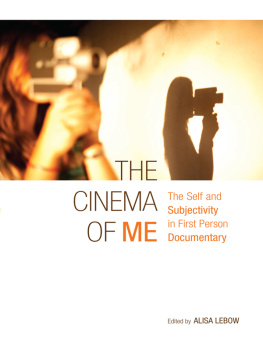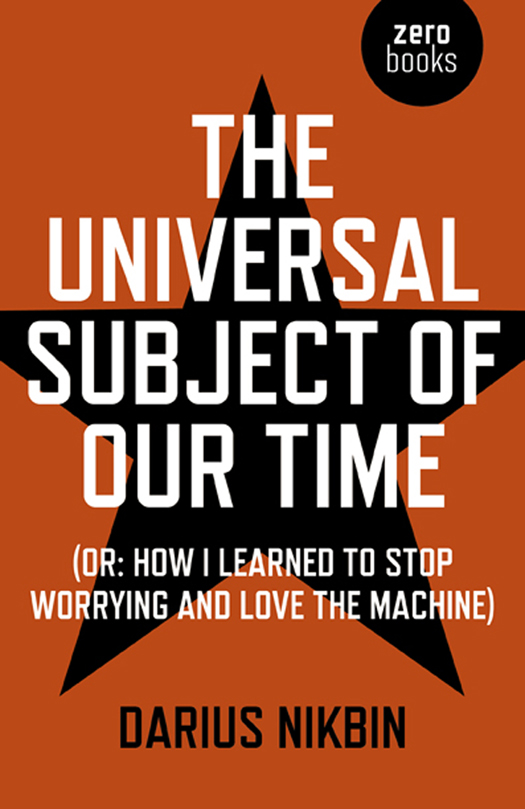First published by Zero Books, 2019
Zero Books is an imprint of John Hunt Publishing Ltd., No. 3 East St., Alresford, Hampshire SO24 9EE, UK
www.johnhuntpublishing.com
www.zero-books.net
For distributor details and how to order please visit the Ordering section on our website.
Text copyright: Darius Nikbin 2018
ISBN: 978 1 78904 040 1
978 1 78904 041 8 (ebook)
Library of Congress Control Number: 2018932661
All rights reserved. Except for brief quotations in critical articles or reviews, no part of this book may be reproduced in any manner without prior written permission from the publishers.
The rights of Darius Nikbin as author have been asserted in accordance with the Copyright, Designs and Patents Act 1988.
A CIP catalogue record for this book is available from the British Library.
Design: Stuart Davies
Printed and bound by CPI Group (UK) Ltd, Croydon, CR0 4YY, UK
We operate a distinctive and ethical publishing philosophy in all areas of our business, from our global network of authors to production and worldwide distribution.
Contents
This book is dedicated to Alexandra
The Girl with the Lion Tattoo
in Reykjavik, Iceland.
Introduction
Man vs Machine
Whether we are based on carbon or on silicon makes no fundamental difference; we should each be treated with appropriate respect.
Arthur C. Clarke
When in the winter of 2006, NASA robots from Earth were scouring the surface of Mars for signs of life, the reigning world chess champion, Vladimir Kramnik, faced a computer opponent, Deep Fritz, in The World Chess Challenge: Man vs Machine. The venue was Bonn, Germany. The human grandmaster, Kramnik, had already drawn the first game against his machine adversary. Now, in the second game of six, the most likely outcome was another tied result. Despite this, Kramnik pushed aggressively for a win. Deep Fritz responded in turn. The game edged towards an uncertain result. Then, when the contest seemed once again destined for a draw, unexpectedly, with his thirty-fourth move, Kramnik made a calamitous error.
Susan Polgar, the chess commentator, later described it as The blunder of the century. Kramnik, shocked, held his head in his hands. Mathias Feist, the operator of Deep Fritz, made the winning move in a complete state of disbelief. Kramnik was checkmated and the machine had taken the lead. During the ensuing press conference, Kramnik attempted to explain what had happened: It was very strange, some kind of blackout. I was feeling well, I was playing well, I think I was pretty much better I was not feeling tired, I think I was calculating well during the whole game Its just very strange, I cannot explain it. Deep Fritz went on to defeat his weary human opponent by four games to two.
Responding to the result, Peter Newborn, Professor of Computer Science at Montreal University, said that The science is done! Historically, this match signified the final moment when machines had prevailed over man in the ancient game of chess. To this day, following the 2006 encounter, human vs computer chess games have become an irrelevancy; and now, in an era when computer processors are constantly accelerating in their calculating ability, even the simplest smartphones can overwhelm the most respected chess grandmasters. The machine had arrived on the scene by incomprehensibly beating man in a game of his own invention. Deep Fritz achieved this goal through a combination of logic and processing ability. Man now stood in the shadow of his silicon progeny.
Today, we live in a world where silicon, the semi-conductor material computer chips are based on, has infiltrated almost every aspect of our lives. This element provides the mechanical support for the integrated electronic circuitry of microchips, the building blocks of computers and other electronic devices. Silicon-based technology has created new freedoms within the space of the internet. Products of human thought, such as the World Wide Web (WWW), developed in the 1980s by Tim Berners-Lee and Robert Cailleau, empowered by high-speed broadband, smartphones and the mobile web have replaced traditional networks of human communication. New connections have been created that span the entire planet. In the United Kingdom alone, there are 45 million internet users, accounting for 70 per cent of the whole population. An astonishing 99 per cent of young people in Britain (16-24 years old) browse the web. Another recent survey showed that two-thirds of the UK populace has smartphones with each person spending 2 hours online every day, on average. The trends are reflected globally with the population of smartphone-users reaching 2 billion in 2016. That is more than a quarter of the worlds population connected to the digital silicon interface.
How has this come about? To answer this question, a new, deeper scientific and philosophical understanding of the relation between man and machine is needed. The word machine is defined by the Oxford English Dictionary as an apparatus using mechanical power [that] performs a particular task. Technology, then, is defined as the application of mechanical science for human purposes such as communication or machinery and devices developed from scientific knowledge. Another useful definition, that for a robot, describes a mechanical object made to carry out tasks that would otherwise need human effort. These statements may guide us; however, this book aims to move far beyond their comfort zone, to address questions concerning the mind, subjectivity, the self and technology. Of paramount concern is the question: can a machine think?
Thinking Machines
Some would answer negatively, arguing that machines are nothing more than the sum of what they are made of. Wires, chips and circuitry, complex connections, amounting to no more than artificially programmable silicon, an electronic arrangement of transistors, electrically stimulated and equally subject to the control of humans, who could always pull the plug on it all. They would argue that thinking, the activity of the mind, is the exclusive preserve of man, even if some basic intelligence can be found in the animal kingdom. According to this line of thinking, the idea that machines can have a mind is a human fantasy, the raw material for science-fiction authors and cinematic escapism: if a machine can think, then pigs can fly. Human mastery of the machine is total, they say, and their usefulness guarantees our survival.
The science of robotics and rapid expansion of personal technology has weakened the fortifications of this traditional position. The tangibility of technology in our everyday lives, the increasing sensory engagement of sight, sound and now touch, suggests that the mechanical has infiltrated our very thought processes. Our human organic connections to one another have been rerouted via silicon. The statistics above prove that we have become drastically more engaged with technology in our lives to accomplish tasks that would have previously required human attention. Computers enable us to sift through the internet for data, the fundamental unit of computer information. This can apparently help fill gaps in our knowledge, but when we ask a search engine a question, are we aware that we are rerouting our attention away from direct human-to-human knowledge, and investing a modicum of our thought into an electronic network of data and information?




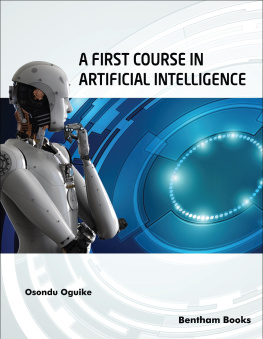
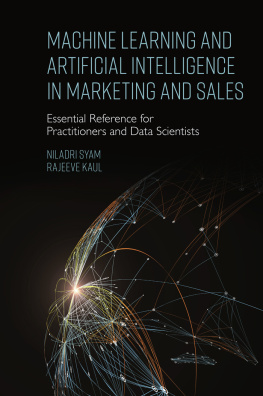
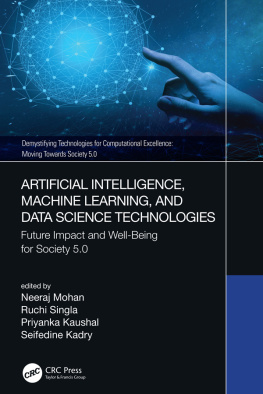
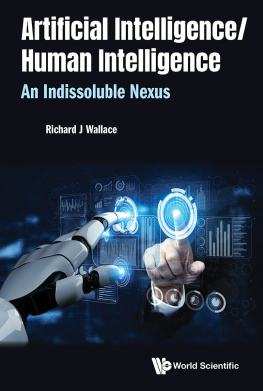
![Jim Sterne [Jim Sterne] - Artificial Intelligence for Marketing](/uploads/posts/book/124040/thumbs/jim-sterne-jim-sterne-artificial-intelligence.jpg)
